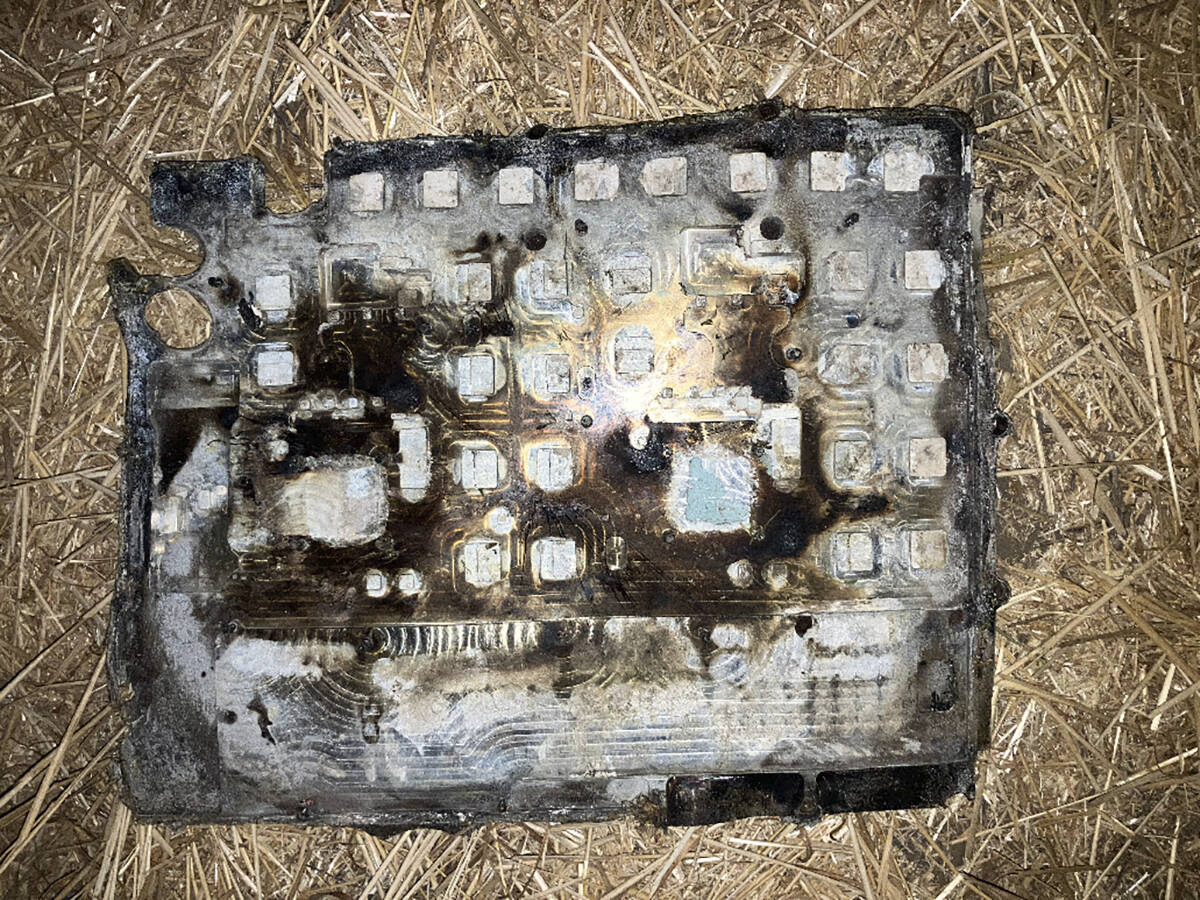MOOSE JAW, Sask. – The image of pulses in North America could use a little boost.
Bob Tyler, associate dean of agriculture at the University of Saskatchewan, said only one word often comes to people’s minds when they think about pulses: gas. Many people don’t want to eat beans in the afternoon if they’re going out later and are worried about flatulence.
Tyler said the industry must use education and marketing to get potential consumers over that worry.
“You don’t have to be a socially unacceptable gas producer to eat pulses,” he told a pulse growers meeting in Moose Jaw.
Read Also

Farmers asked to keep an eye out for space junk
Farmers and landowners east of Saskatoon are asked to watch for possible debris in their fields after the re-entry of a satellite in late September.
The health benefits of peas, beans, lentils and chickpeas are well known. They are low in fat and high in dietary fibre, protein and starch.
Yet North Americans don’t eat many pulses.
Tyler said many would consider pulses to be a novelty that is “so novel nobody knows what to do with them.”
Still, they are finding their way into products such as fish food and pet food and industrial products such as binding agents for barbecue briquettes.
He suggested that new packaging could help increase consumption. Surveys have shown that consumers find cans the least desirable form in which to purchase food, yet many pulses are sold that way.
“I’m sure we can put some of these foods in cartons,” Tyler said.
Alcohol extraction could also be used to process pulses, improving their colour and removing their gas-producing qualities, he said.
Separating pulses into fibre, starch and protein offers several markets.
A test among people on long-term care diets where they eat less fibre found that a three to four gram serving of pea hull fibre at each meal reduced the need for laxatives.
Pea flour can be used in pureed foods and pastas for gluten-free and other specialty diets. When pea protein was added to hamburgers, they were judged to be tastier and juicier.
Pulses also have a place in the nutraceutical market for their antioxidants. Still, Tyler said there are many challenges.
“A diversity of raw material doesn’t always guarantee success.”

















